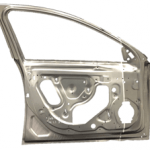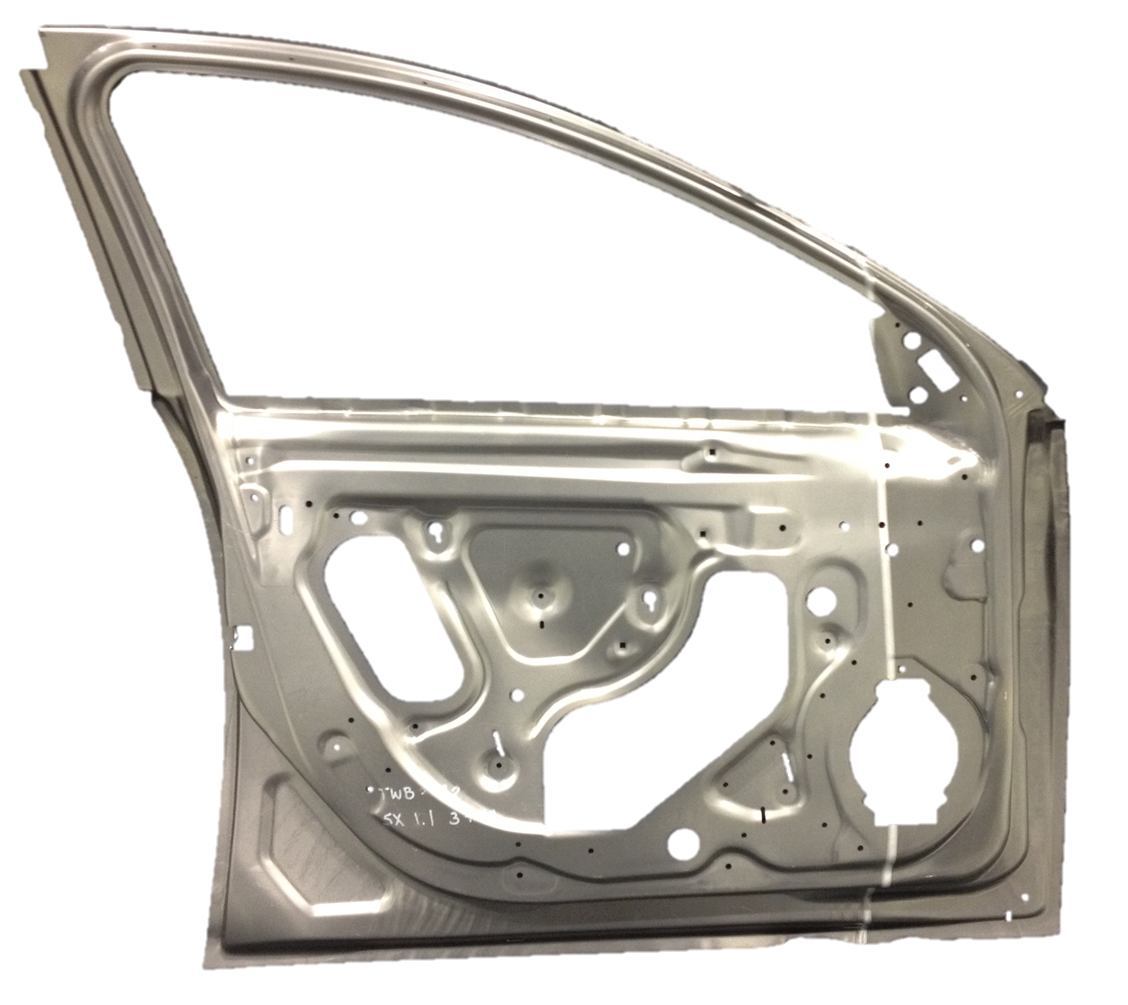Proper Joining Methods: Adhesives and Rivets
 When a vehicle needs repair, old parts may need to be removed and replaced with new ones. Automobiles are made from many separate parts, and they are made to fit together and be fastened in place.
When a vehicle needs repair, old parts may need to be removed and replaced with new ones. Automobiles are made from many separate parts, and they are made to fit together and be fastened in place.
Traditionally, rivets and welds have been used to hold parts together. Many modern day collision shops and vehicle manufacturers have converted to a new system that uses more versatile fasteners and adhesives.
If your vehicle is in the shop, should you be concerned about the type of fastener used on your vehicle? Like many things in the collision repair industry, there is more than one acceptable way to safely and securely fasten two parts to each other. Each has its own benefits and downfalls.
Rivets & Welding
Riveting is a relatively common way to join two pieces of a vehicle together without melting either one. A rivet is a cylindrical piece with a flared head that is inserted into aligned holes in the two pieces that are to be fastened. Often, after installing rivets, the two pieces are welded together to strengthen the bond. There are many benefits to using rivets.
• Rivets are a fast and reliable way to secure two pieces together,
• Rivets very rarely fail – they don’t come lose after installation when used correctly,
• Once installed, a rivet can usually be hidden easily.
However, rivets are usually stronger with welding, which requires the application of heat. Unfortunately, some materials will distort with heat, making welding and rivets less versatile. Welding can also be difficult to remove should the parts need to be disconnected so that one or the other can be replaced, and may be more expensive to repair.
Adhesives
Adhesives are the modern fastener. While they have a shorter history than rivets, they are not necessarily the inferior method.
• Adhesives can distribute the stress pulling on either part across a wider area,
• Adhesives can be engineered to bond with multiple materials, which allows designers the flexibility to use the best,
• Adhesives do not require heat, like welding does, to join two pieces together.
There are also downsides to using adhesives. Like many newer inventions, adhesives do not always last as long as more traditional methods. As chemical compounds that are relatively new, adhesives may not always be as environmentally friendly. Like with welding and riveting, adhesives are not always easy to take apart once the pieces are fastened together.
Which is best, adhesives or rivets?
While rivets are a tried and true method for joining auto parts, adhesives are often more versatile. In many cases, adhesives are simply less expensive and can be more easily used – they require minimal training and equipment. It is important to make sure that if a collision repair shop chooses to use adhesives, that they are using the correct one and correct application, including drying time.



